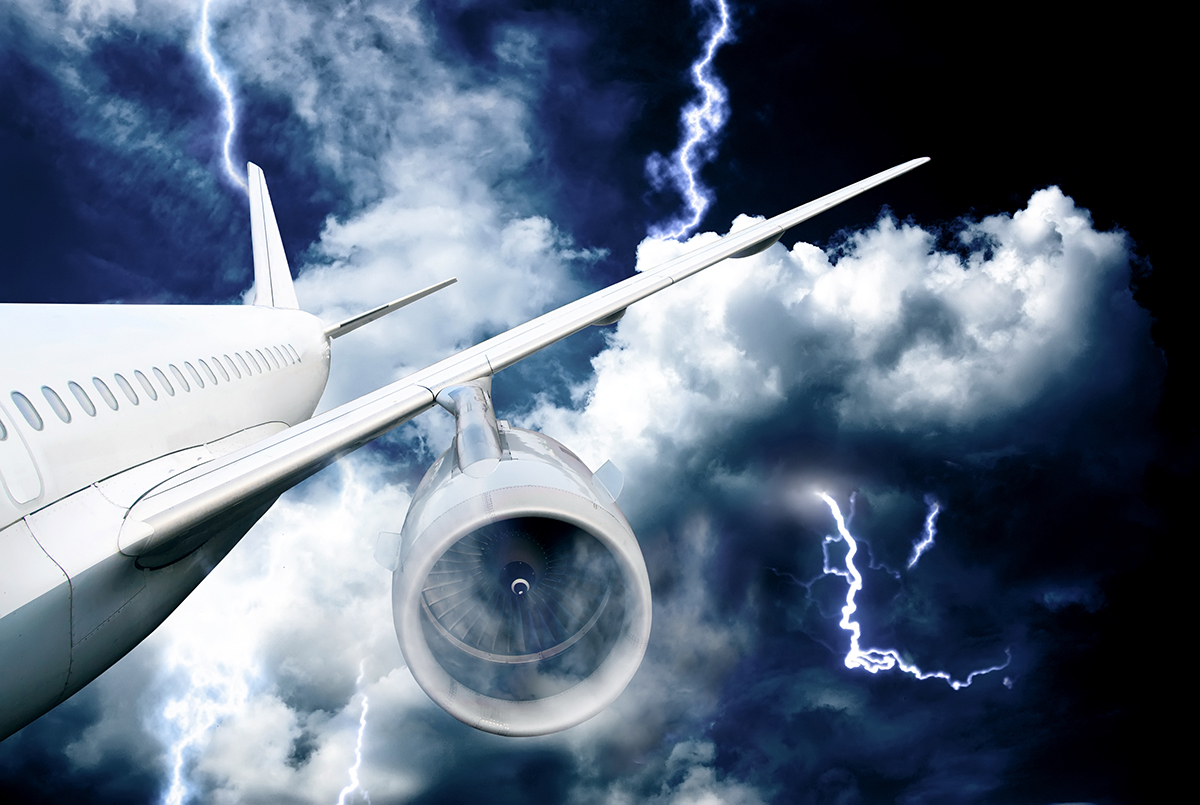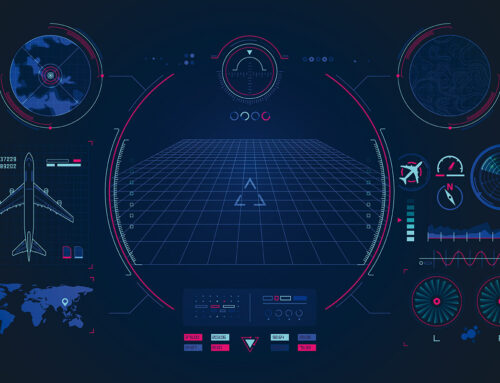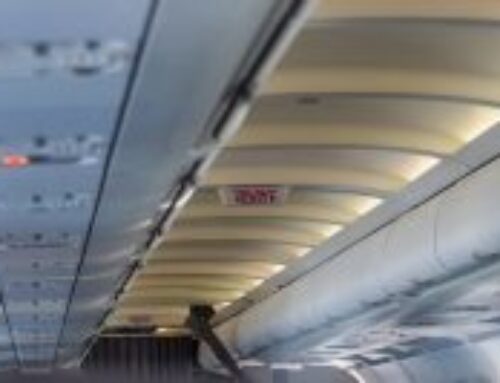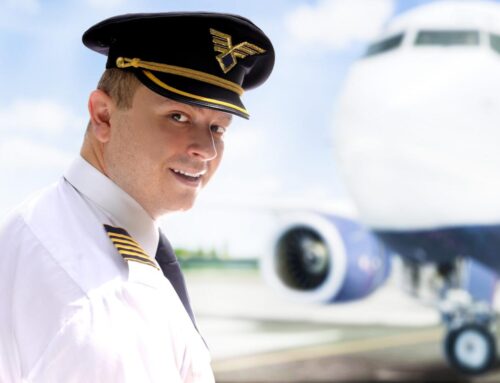7 curiosities about aircraft that you cannot miss

Before becoming a pilot, as a passenger, you may have asked yourself some curious questions about planes. Since the times of the Wright brothers, from the first prototypes of aeroplanes to modern aircraft, not only have there been great differences in technology and design but also the introduction of small and functional features, apparently negligible, that today allow us to fly in safety and comfort.
So let’s see how many of these curious facts about planes you already know!
Aircraft are designed to be struck by lightning
Planes are designed to be struck by lightning and, if you didn’t already know, they are struck on a regular basis. It is estimated that lightning strikes every aircraft up to once in every thousand flight hours.
However, since 1963, no plane has fallen due to lightning, thanks to its ingenious metal structure that makes up the fuselage and makes it a good electrical conductor: in this way the electric charge of the lightning passes through the plane, without reaching the inside, and escapes from it, typically without causing damage to the aircraft.
Some aircraft have secret bedrooms for the crew
On long-haul flights, the cabin crew can work 16 hours a day. To fight against tiredness, some aircraft, such as Boeing 777, are equipped with tiny bedrooms where the crew can take a nap. The rooms are typically accessed via a hidden staircase leading to a small low-ceiling room with 6-10 beds and a bathroom.
The tires are designed not to explode on landing
Aircraft tires are designed to withstand incredible weight loads (up to 38 tons) and can hit the ground at 170mph for more than 500 times before the tires need changing.
Additionally, aircraft tires are inflated to 200 psi, which is about six times the pressure used in a car tire. If an aircraft needs new tires, the ground crew simply has to lift the plane as if it were a car.
Why the lights in the cabin are turned off during landing
When a plane lands at night, the cabin crew dims the interior lights. If you are a pilot you will already know, but for simple travelers this is the reason: in the unfortunate case that the plane landing goes wrong and the passengers have to evacuate, their eyes will already be accustomed to darkness.
Likewise, the flight attendants remind passengers to raise the window blind during landing, so that they can see outside in a situation of emergency and evaluate which side of the plane is best for evacuation.
An aircraft doesn’t need both engines to fly
The idea of an airplane flying in mid-air without an engine can be scary, but in practice any commercial airplane can fly safely with only one engine. Flying with half the engine power can make an aircraft less fuel-efficient and can reduce the range, but the aircraft are designed and tested for such situations.
Why the windows are round
In the mid-20th century, commercial airlines began flying their planes at higher altitudes. The reason for flying aircraft at higher altitudes was to save money: a lower air density means, in fact, less drag on the plane and less drag means less fuel wasted.
To make the planes suitable for flying at higher altitudes, the airlines had to make some changes to their designs: first, the plane’s cabin had to be pressurized so that passengers could breathe. Second, the plane had to be cylindrical to withstand the internal pressure. It looked like the perfect model, but in the 1950s as many as three planes crashed to the ground after the fuselage tore to shreds because the engineers overlooked a crucial design flaw: the square windows.
Square windows are a problem for high-altitude aircraft due to the difference in atmospheric pressure between the outside and the cabin. This difference causes the cabin to expand slightly, which puts stress on the material it is made of, i.e. the window frames in this case. Tension develops more at the sharp corners of a square window and unfortunately when tension gets too big, crrrack! With an oval window, the tension is released around the edge evenly, avoiding breakage.
Some curiosities about airlines
Let us close this article with some curiosities concerning airlines.
Let’s start with what is the oldest airline in the world: it is the KLM Royal Dutch Airlines, established as far back as 1919.
Did you know that the airline that introduced business class for the first time was Qantas Airlines? Many airlines in the 1970s began to distinguish seats on aircraft between first class and economy, but it was in 1979 that Qantas airplanes introduced a fare dedicated to individuals traveling regularly and with the need of wanting a few more options.
Even more curious is, however, the fact that Lufthansa is the largest buyer of caviar in the world: it buys over 10 tons a year. In contrast, in 1987 American Airlines saved $ 40,000 by removing one olive from every salad served in first class.
Finally, Alaska Airlines introduced online check-in for the first time in 1999.
Were you aware of all these curious facts about planes or did we reveal something new and amusing to you?
All categories
Popular Posts
Recent Posts






